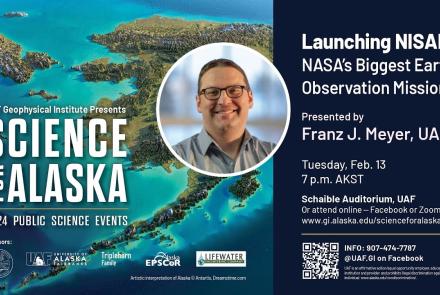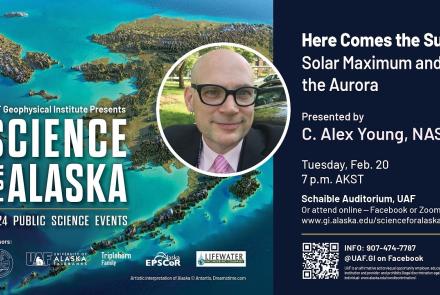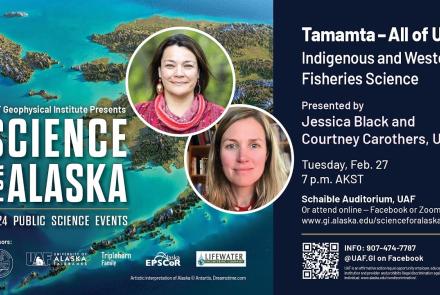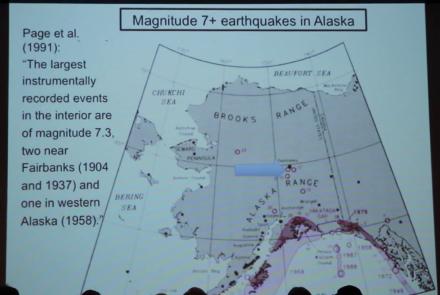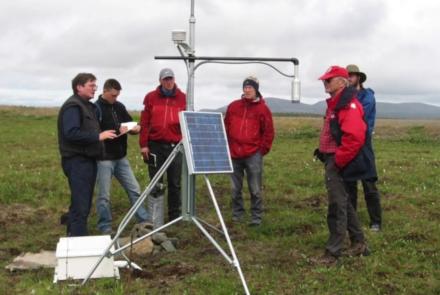Satellites to Cell Phones: New Ways of Understanding the Aurora
(Located in the Bunnell Building, 323 Tanana Loop. Nearby parking: Bunnell Building, Bursar's Office, and Usibelli Building. Parking is always free after 5 p.m. )

Research assistant professor
UAF - Geophysical Institute
Auroras, bright displays of light across the night sky at high-latitudes, occur when charged particles collide with neutral particles at Earth’s upper atmosphere. Although the conditions that lead to seeing the aurora are fairly well understood, the physical processes behind different types of vibrant auroras are not. As a result, computer models are unable to reproduce the auroral forms at different locations and times, making reliable aurora forecasting difficult.
With the ever-increasing computational resources, new space-borne missions and ground-based experiments, and new methods of using everyday tools, we now have many exciting and accessible opportunities to investigate the aurora.
This talk will review current methods and introduce new approaches that help us understand the various aurora forms and how they affect Earth’s upper atmosphere.
Want to join virtually instead? Register on Zoom: https://bit.ly/3Xl92ZR
Learn more about Science for Alaska talks: https://www.gi.alaska.edu/events/science-for-alaska


